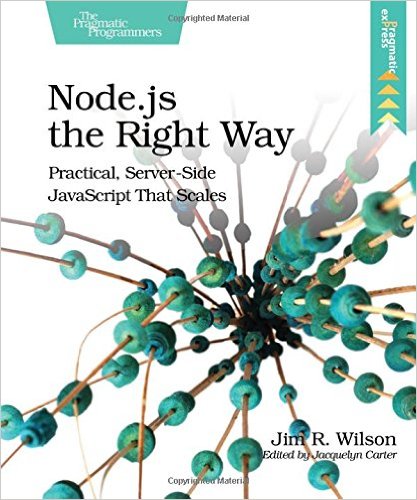Node.js: The Right Way
Introduction
Node.js has emerged as a powerful and versatile platform for building scalable and efficient web applications. Its event-driven, non-blocking I/O model makes it ideal for handling high-traffic applications. This white paper explores the core concepts, best practices, and common pitfalls of Node.js development.
Core Concepts
- Event-Driven Architecture: Node.js employs an event-driven architecture, where events trigger callbacks to handle asynchronous operations.
- Non-Blocking I/O: Node.js uses non-blocking I/O operations, allowing it to handle multiple requests concurrently without blocking the main thread.
- Single-Threaded, Event-Loop Model: Node.js uses a single-threaded event loop to process incoming requests and events efficiently.
Best Practices
- Modular Design:
- Break down your application into smaller, reusable modules.
- Use Node.js modules and package managers like npm to organize your code.
- Asynchronous Programming:
- Utilize asynchronous programming techniques like callbacks, promises, and async/await to avoid blocking the event loop.
- Employ libraries like async and Bluebird to simplify asynchronous operations.
- Error Handling:
- Implement robust error handling mechanisms to prevent unexpected application failures.
- Use try...catch blocks to handle synchronous errors.
- Utilize error-first callback style or Promise rejection for asynchronous errors.
- Performance Optimization:
- Profile your application to identify performance bottlenecks.
- Minimize synchronous operations and I/O operations.
- Use caching strategies to reduce database queries and network requests.
- Employ clustering and load balancing for scaling your application.
- Security Best Practices:
- Validate and sanitize user input to prevent injection attacks.
- Use strong password hashing algorithms to protect user credentials.
- Keep your dependencies up-to-date to address security vulnerabilities.
- Implement proper input validation and output encoding to mitigate XSS attacks.
- Testing and Debugging:
- Write unit tests to ensure code quality and maintainability.
- Use a debugger to step through your code and identify issues.
- Leverage testing frameworks like Jest and Mocha to automate testing.
Common Pitfalls and How to Avoid Them
- Callback Hell:
- Use Promises or async/await to flatten callback chains.
- Blocking the Event Loop:
- Avoid synchronous operations in critical paths.
- Use asynchronous operations whenever possible.
- Memory Leaks:
- Properly manage memory usage and avoid creating unnecessary objects.
- Use tools like the Node.js memory leak detector to identify leaks.
- Security Vulnerabilities:
- Stay up-to-date with security best practices and use secure coding techniques.
- Regularly update dependencies to address security vulnerabilities.
Conclusion
By following these best practices and avoiding common pitfalls, you can build robust, scalable, and efficient Node.js applications. Remember to continuously learn and adapt to the ever-evolving Node.js ecosystem.
References
- Node.js Official Documentation:
- Node.js Best Practices Book: [invalid URL removed]
- Node.js Security Practices: [invalid URL removed]
- The Node.js Way: Practical Programming for the Real World: By James Hardisty
- Node.js Design Patterns: By Addy Osmani
By leveraging these resources and following the guidelines outlined in this white paper, you can effectively harness the power of Node.js to create exceptional web applications. Contact ias-research.com



